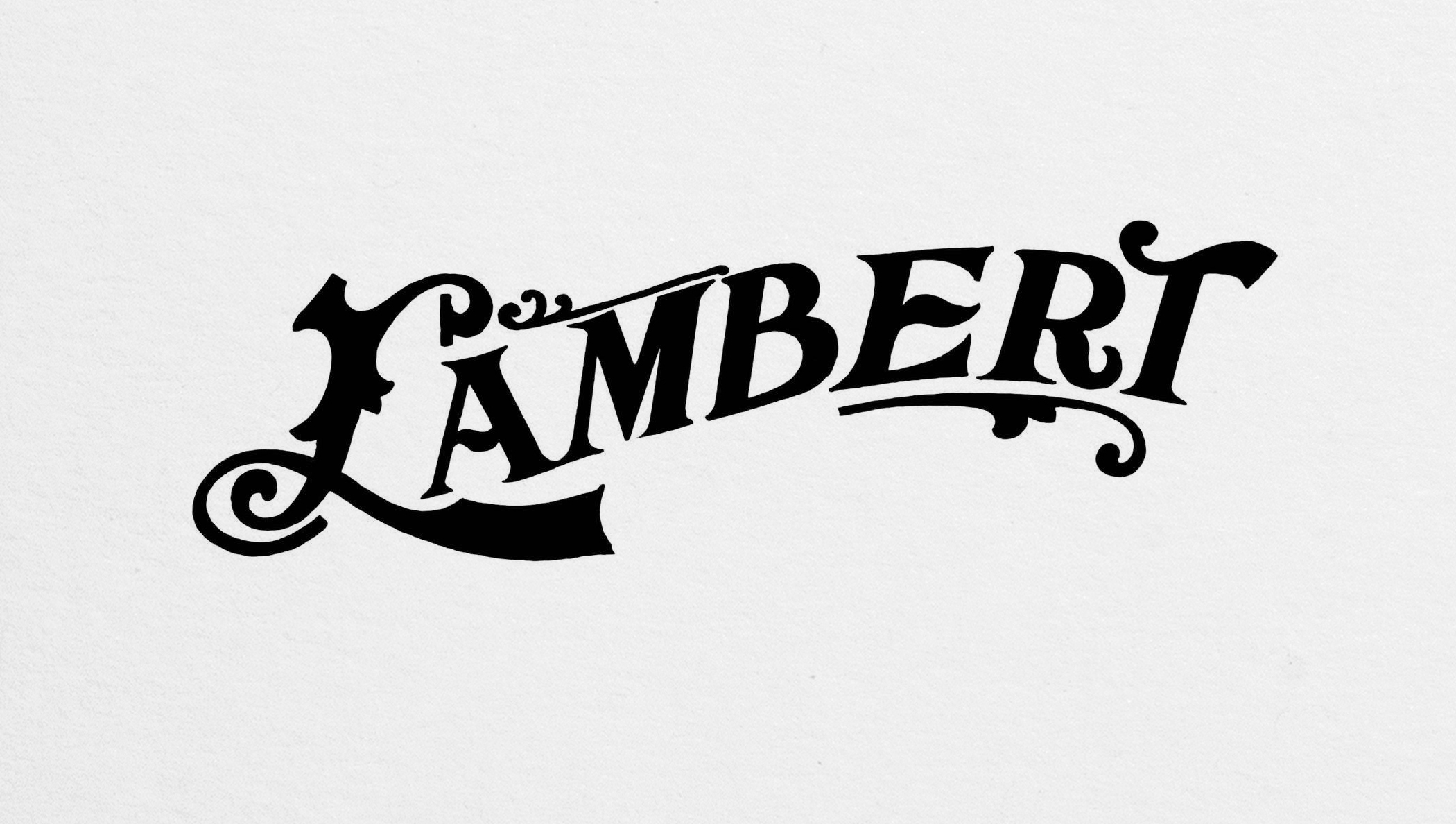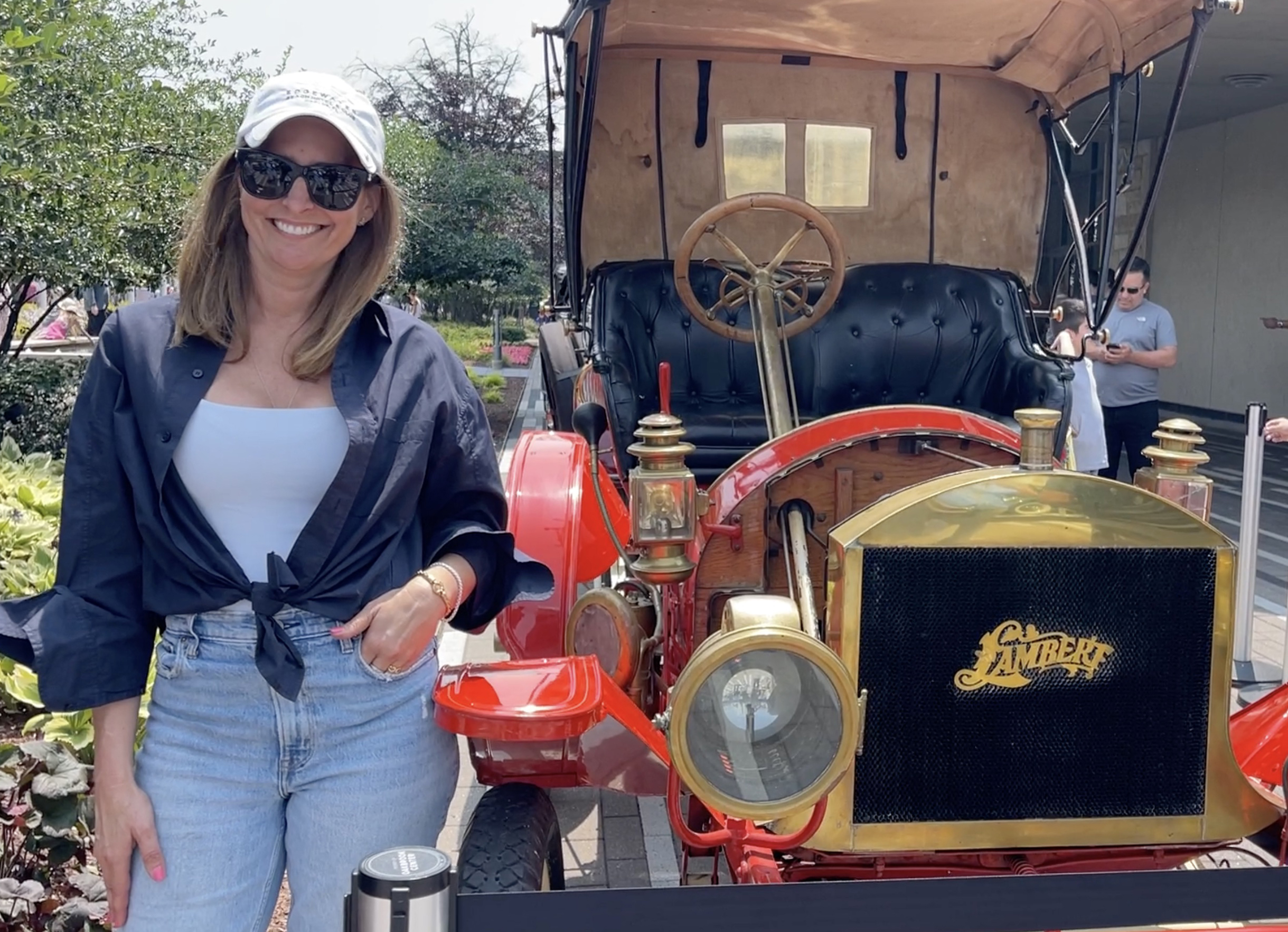The company was founded by automotive pioneer John William Lambert. In 1891, John Lambert successfully tested and drove a three-wheeled, surrey topped, gasoline powered runabout of his own design. Despite the success of the car, the vehicle was a marketing failure. Priced at $550, not a single party was interested.
He developed the friction transmission that would be a feature on all of his cars. He made an unsuccessful attempt to buy out a model call the Buckeye in 1895. Lambert’s first automobile marketing success was a model called the Union which was released in 1902. In 1906, he produced the first Lambert. With this line Lambert established himself as one of the more successful automobile manufacturers of the era.
(A portion of this article is licensed under the GNU Free Documentation License. It includes content from this Wikipedia article.)



